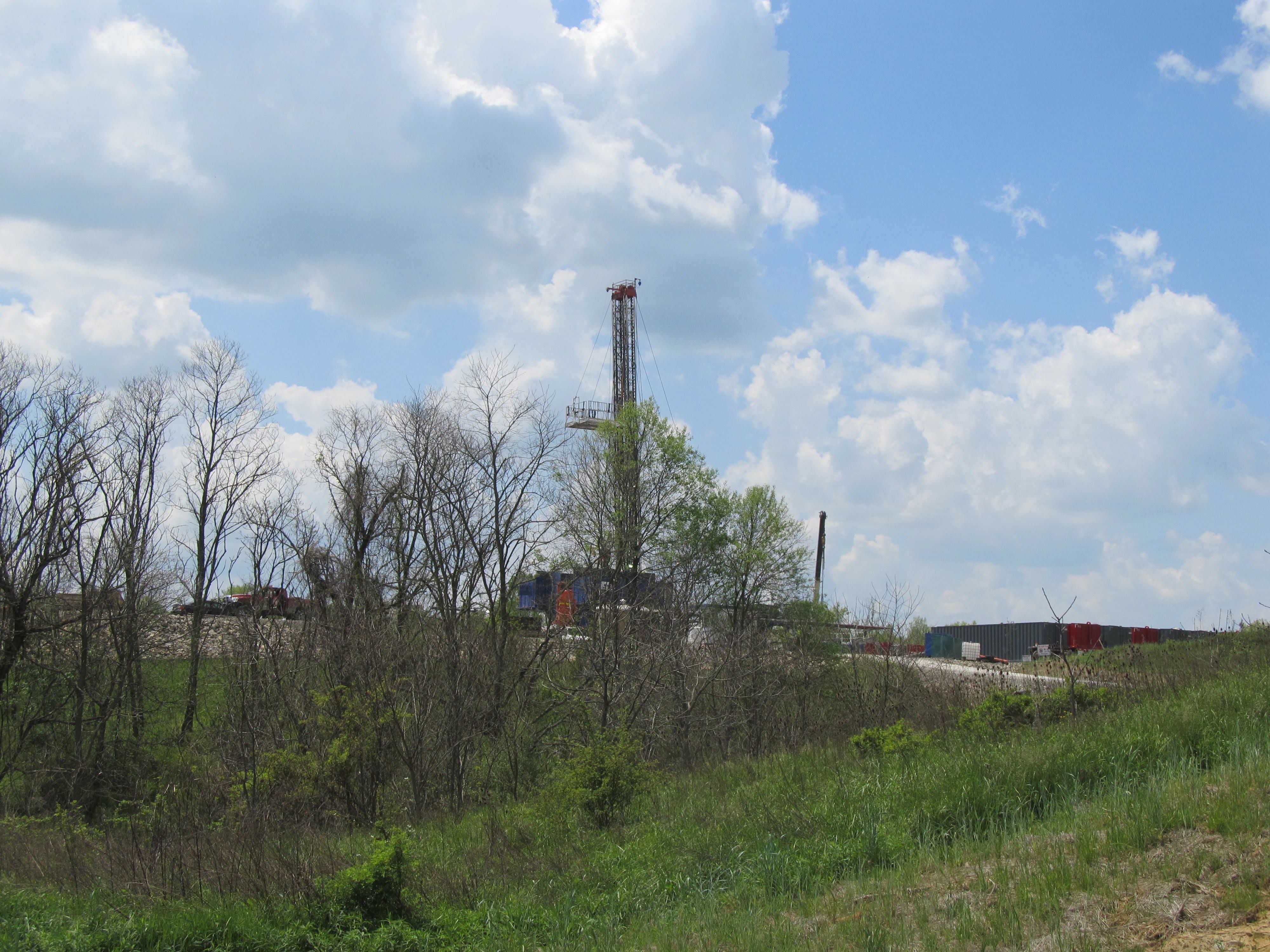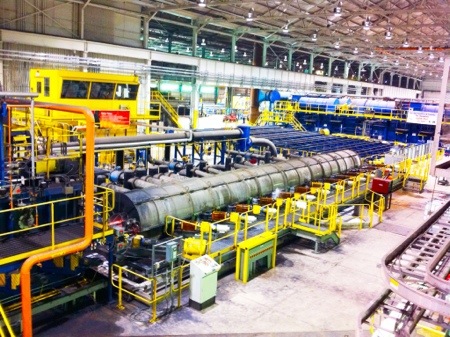Last month an 11-member collaborative – two foundations, five state and national environmental organizations, four energy companies — announced they had formed the Center for Sustainable Shale Development. The mission: to develop and implement drilling and production standards for shale gas that are environmentally safe and can be certified by an independent third party.
In essence, the new Pittsburgh-based center is seeking to do for the unconventional fuels sector what the U.S. Green Building Council did to significantly improve design, land use practices, and energy and water efficiency when it established the Leadership in Energy and Environmental Design (LEED) standards for building construction. LEED standards changed how commercial buildings are designed and constructed. They did so by establishing a market for innovation that is encouraged, expanded, and even enforced not by regulation but by buyers.
It’s too early to know whether the collaborative — which includes Shell and Chevron, the Environmental Defense Fund and Penn Future — will produce meaningful advances in production practices. But there’s no question, at least in my mind, that the center’s formation is a significant step toward much-needed political and social pragmatism in developing the nation’s ample shale energy reserves.
The combination of directional drilling and high-pressure fracturing of deep shale formations is yielding a motherlode of energy in the Great Plains, Rocky Mountain West, Texas, and the Mid-Atlantic region. It’s produced significant job gains and helped form a new foundation for the nation’s economic recovery. The Ohio River Valley, an economic basket case for nearly two generations, is reviving.
Shale development also is producing environmental benefits, not the least of which is reducing water use in the utility sector, helping to cut carbon emissions in the U.S., and reducing coal production and use in the coal-fired electrical power industry, which is shrinking.
All of these benefits, and others — improving energy security, reducing reliance on oil imports are two — should generate a national sigh of relief, even applause. I call it a reprieve. And a reckoning.
Why? Because the actual risks of shale development are significant and demand oversight. They include excessive water consumption and proven contamination, high methane emissions, rig and transport vehicle accidents and deaths, land use disfigurement, earthquakes from wastewater disposal, erosion from drilling sites, noise and commotion in communities, pipeline leaks, and explosions. Any and all of these, plus a pit full of unproven potential risks, have unnerved citizens and prompted opposition campaigns in regions as different as Wyoming and Pennsylvania. In Michigan a petition is circulating to enact a ban of fracking, the high-pressure process that cracks rock and releases the hydrocarbons.
Such opposition could grow powerful enough to seriously block the path to a cleaner source of fuel, just as civic unrest has impeded development of power projects fueled by biomass, wind, and solar across the country. We’ve certainly seen how public opinion, driven by concern about safety, can change the vector of development, sometimes to the detriment of environmental security.
To wit:
In the bright light of historical perspective, and in the era of climate change, it’s not terribly difficult to make the case that the U.S. erred in essentially closing down the development of nuclear technology to power the electrical sector. The accident at Three Mile Island in March 1979 (I was a cub reporter at a daily in Wilkes-Barre, PA and covered the story) was powerful evidence of the catastrophic risks of nuclear energy. Disposal of radioactive wastes is a big technical and political impediment. Nuclear plants also are more expensive to build than fossil fuel generators. But nuclear plants produce no sulfur, nitrogen, or toxic air emissions, and no emissions that contribute to climate change. In taking regulatory action that essentially limited nuclear energy to fueling 20 percent of the nation’s electricity, the U.S. encouraged the development of new coal-fired power plants and the continued operation of old ones. Until very recently over half of the country’s electricity came from coal-fired plants that require more water and produce more climate-changing emissions than any other industrial sector. Nuclear power today looks like a more reasonable option than it once did, though that does not appear to be a mainstream view.
We’ve also seen how pragmatism can outlast civic emotion to encourage reasoned adjustments in policy and regulation that improve safety and enable development to proceed.
In the early 1980s the nation developed toxic waste cleanup laws and new chemical waste disposal practices in response to the 1970s discovery of buried wastes at Love Canal, NY, and at thousands of other sites. The federal Superfund Law led to the cleanup of countless old chemical dumps in rural and urban America. But the law required sites to be cleaned to near pristine levels, regardless of what the future use would be. Costs of cleanups soared, in many cases to more than $10 million an acre in rural areas, and more than $20 million an acre in cities.
To make a long and involved story short, one of the unintended consequences of toxic cleanup statutes was that sales and development of old industrial sites in cities essentially stopped. Cities couldn’t attract developers to build on land close to their downtowns. The problem was solved by amending the federal and state statutes to consider the future use of contaminated sites, developing a better scientific understanding of the real health risks from exposure to traces of the contaminants, and cleaning up to new standards that left a bit more chemicals in place but still ensured safety. The result dramatically lowered costs, and with the development of state “brownfield” cleanup funds, enabled cities to attract buyers of old industrial sites. The pragmatic change in toxic cleanup laws, which lowered costs without diminishing public safety, is one of the most important factors behind the economic renaissance that’s unfolded over the last generation in America’s big cities.
Now comes the big confrontation over shale gas and shale oil development and the risks of hydraulic fracturing. The Center for Sustainable Shale Development is a clear example of how major institutions — energy, environmental, philanthropic — are trying to develop a pragmatic path that acknowledges the proven economic and environmental benefits, and seeks to minimize or eliminate the actual risks.
— Keith Schneider


